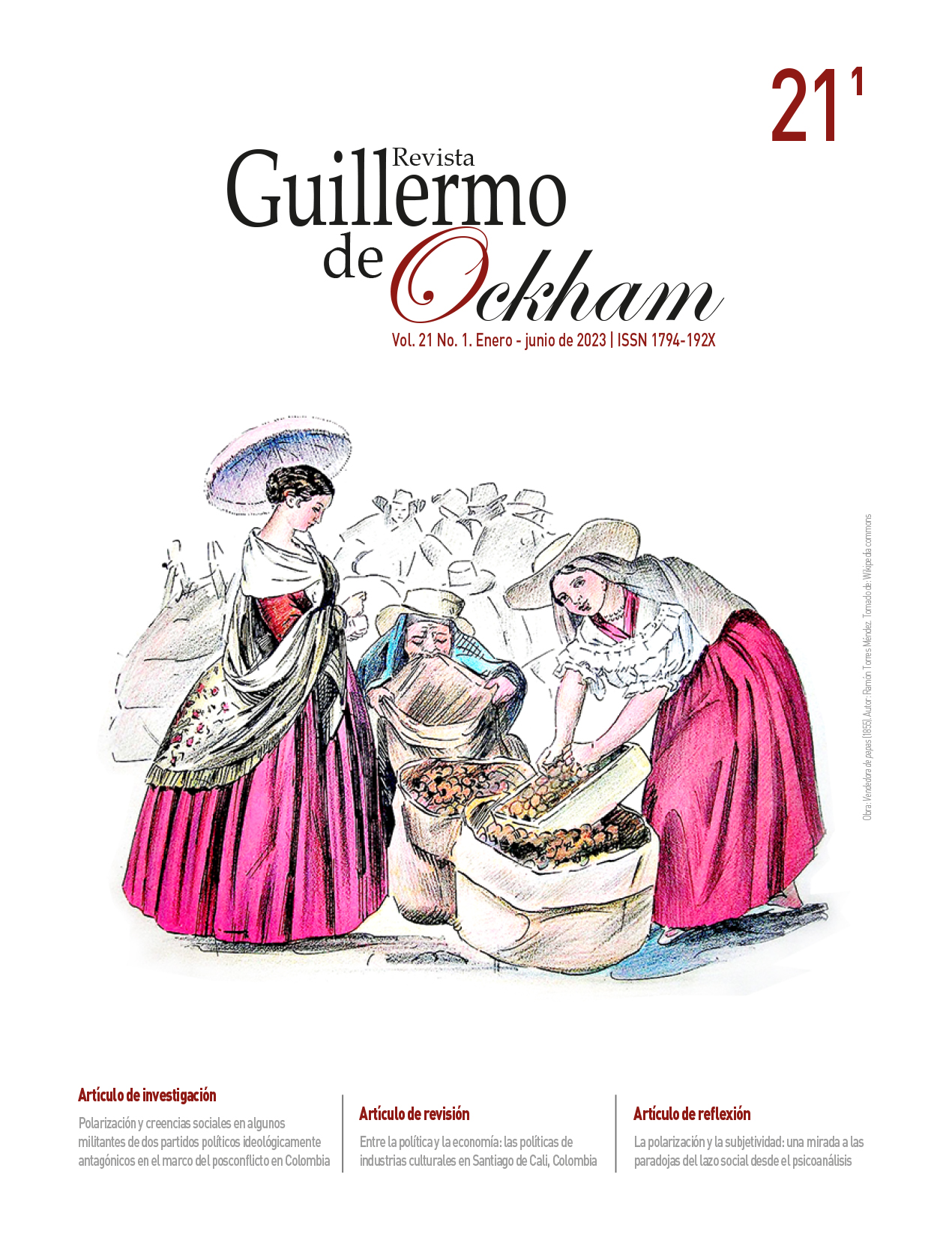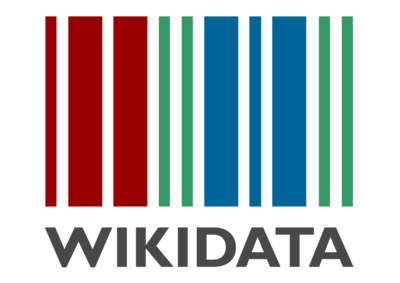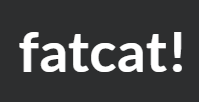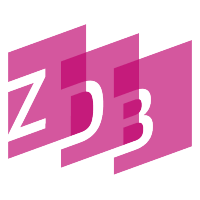La Revista Guillermo de Ockham brinda un acceso inmediato y abierto a su contenido, basado en el principio de ofrecer al público un acceso gratuito a las investigaciones para brindar un intercambio global de conocimiento. A menos que se establezca lo contrario, el contenido de esta revista tiene una licencia con Creative Commons Attribution-NonCommercial-NoDerivatives 4.0 International (CC BY-NC-ND 4.0) http://creativecommons.org/licenses/by-nc-nd/4.0/
- Atribución: debe otorgar el crédito correspondiente, proporcionar un enlace a la licencia e indicar si se realizaron cambios. Puede hacerlo de cualquier manera razonable, pero no de ninguna manera que sugiera que el licenciante lo respalda a usted o su uso.
- No comercial: no puede utilizar el material con fines comerciales.
- Sin derivados: si remezcla, transforma o construye sobre el material, no puede distribuir el material modificado.
- Sin restricciones adicionales: no puede aplicar términos legales o medidas tecnológicas que restrinjan legalmente a otros de hacer cualquier cosa que permita la licencia.
Resumen
Este artículo expone los hallazgos derivados de una investigación orientada a fundamentar los componentes técnicos y pedagógicos involucrados en el diseño y la operación de un Centro de Escritura Digital (CED). A partir de un estudio descriptivo de corte transversal con carácter mixto, fueron analizadas las percepciones, los saberes, la opinión y la experiencia de estudiantes de pregrado de tres sedes de la Universidad de Antioquia, Colombia; en un primer momento de indagación inicial, desde un cuestionario diagnóstico aplicado a 58 educandos y un segundo momento de exploración de operación de la plataforma, con el registro de 122 usuarios participantes de talleres de escritura. Los resultados evidencian el potencial del CED para el acompañamiento de la escritura académica; las posibilidades y las limitaciones para su implementación desde lo didáctico, técnico y académico; y las características que contribuyen con el diseño de un modelo para su funcionamiento. En conclusión, el CED se asume como una estrategia transversal e institucional que supera la perspectiva remedial de los problemas de escritura académica de los universitarios, centrándose en las dimensiones humana, académica y científica propias de la formación profesional.
Palabras clave:
Referencias
Amante Negrete, Y. M., y Gómez Zermeño, M. G. (2017). E-estrategias de lectura y escritura del inglés en ambientes virtuales de aprendizaje. Campus Virtuales, 6(1), 109-119. http://uajournals.com/ojs/index.php/campusvirtuales/article/view/194
Bustos Sánchez, A. (2009). Escritura colaborativa en línea: un estudio preliminar orientado al análisis del proceso de coautoría. RIED, 12(2), 33-55. https://doi.org/10.5944/ried.2.12.900
Calle-Arango, L. (2020). Centros y programas de escritura en las IES colombianas. Magis, 12(25), 77-92. https://doi.org/10.11144/Javeriana.m12-25.cpei
Calle-Arango, L., Pico, A. L., y Murillo, J. H. (2017). Los centros de escritura: entre nivelación académica y construcción de conocimiento. Cadernos de Pesquisa, 47(165), 872-895. https://doi.org/10.1590/198053143882
Carlino, P. (2013). Alfabetización académica diez años después. Revista Mexicana de Investigación Educativa, 18(57), 355-381. http://www.redalyc.org/articulo.oa?id=14025774003
Castelló, M. (2014). Los retos actuales de la alfabetización académica: estado de la cuestión y últimas investigaciones. Enunciación, 19(2), 346-365. https://doi.org/10.14483/10.14483/udistrital.jour.enunc.2014.2.a13
DeVoss, D. N., Cushman, E., y Grabill, J. T. (2013). Infrastructure and composing: The when of new-media writing. En S. Lee y R. G. Carpenter (Eds.), The Routledge reader on writing centers and new media (pp. 149-169). Routledge.
Figueroa, B., y Aillon, M. (2015). Escritura académica de un ensayo mediado por el aprendizaje colaborativo virtual. Estudios Pedagógicos (Valdivia), 41(1), 79-91. https://dx.doi.org/10.4067/S0718-07052015000100005
Flórez-Romero, R., Henao Flórez, A., y Niño-Aguilera, L. E. (2018). El proceso de escritura académica de estudiantes universitarios en un aula remota de escritura. En N. Arias-Velandia (Ed.), Aportes a la investigación sobre educación superior virtual desde América Latina: comunicación, redes, aprendizaje y desarrollo institucional y social (pp. 211-253). Publicaciones Politécnico Grancolombiano. https://doi.org/10.15765/poli.v1i613.1797
Gavari Starkie, E. I., y Tenca Sidotti, P. (2017). La evolución histórica de los centros de escritura académica. Revista de Educación, (378), 9-29. https://doi.org/10.4438/1988-592X-RE-2017-378-359
Gordillo Alfonso, A. (2017). La escritura científica: una revisión temática. Signo y Pensamiento, 36(71), 52-64. https://revistas.javeriana.edu.co/index.php/signoypensamiento/article/view/18811
Gredler, J. J. (2018). Postsecondary online students’ preferences for text-based instructor feedback. International Journal of Teaching and Learning in Higher Education, 30(2), 195-206. https://www.isetl.org/ijtlhe/pdf/IJTLHE3002.pdf
Hasanuddin, D., Emzir, E., y Akhadiah, S. (2019). Improving students’ scientific writing ability through blended learning-based collaborative learning. International Journal of Emerging Technologies in Learning (iJET), 14(20), 34-43. https://doi.org/10.3991/ijet.v14i20.11457
Hayes, J. R. (2012). Modelling and remodeling writing. Written Communication, 29(3), 369-388. https://doi.org/10.1177%2F0741088312451260
Jenaro Río, C., Castaño Calle, R., Martín Pastor, M. E., y Flores Robaina, N. (2018). Rendimiento académico en educación superior y su asociación con la participación activa en la plataforma Moodle. Estudios sobre Educación, 34, 177-198. https://doi.org/10.15581/004.34.177-198
Kilner, K., Collie, N., y Clement, J. (2019). Using innovative teaching practices to inspire critically engaged reading and writing in a neoliberal university environment. Higher Education Research & Development, 38(1), 110-123. https://doi.org/10.1080/07294360.2018.1537258
Kress, G., Jewitt, C., Ogborn, J., y Tsatsarelis, C. (2014). Multimodal teaching and learning: The rhetorics of the science classroom. Bloomsbury Academic.
Lobato Fraile, C., y Guerra Bilbao, N. (2016). La tutoría en la educación superior en Iberoamérica: avances y desafíos. Educar, 52(2), 379-398. http://dx.doi.org/10.5565/rev/educar.726
López-Gil, K. S., y Molina Natera, V. (2018). Incidencia del trabajo colaborativo docente en la enseñanza y el aprendizaje de la escritura académica. Revista Electrónica de Investigación Educativa, 20(1), 1-13. https://doi.org/10.24320/redie.2018.20.1.1477
Lozano-Díaz, A., y Fernández-Prados, J. S. (2018). Ciudadanía digital y su medida: propiedades psicométricas de una escala y retos para la educación superior. EKS, 19(3), 83-101. https://doi.org/10.14201/eks201819383101
Márquez Guzmán, S., y Gómez-Zermeño, M. G. (2018). Grupo virtual de escritura académica: una e-innovación para impulsar la publicación científica. Revista Mexicana de Investigación Educativa, 23(76), 203-227. https://www.redalyc.org/journal/140/14054854009/html/
Martínez Clares, P., Pérez Cusó, J., y Martínez Juárez, M. (2016). Las TICs y el entorno virtual para la tutoría universitaria. Educación XX1, 19(1), 287-310. https://doi.org/10.5944/educxx1.13942
Mercer-Mapstone, L. D., y Matthews, K. E. (2017). Student perceptions of communication skills in undergraduate science at an Australian research-intensive university. Assessment & Evaluation in Higher Education, 42(1), 98-114. https://doi.org/10.1080/02602938.2015.1084492
Molina, M. E. (2017). Escritura académica, argumentación y prácticas de enseñanza en el primer año universitario. Enunciación, 22(2), 138-153. https://doi.org/10.14483/22486798.11929
Nordlof, J. (2014). Vygotsky, scaffolding, and the role of theory in writing center work. The Writing Center Journal, 34(1), 45-64. https://www.jstor.org/stable/43444147
Paiz, J. M. (2018). Expanding the writing center: A theoretical and practical toolkit for starting an online writing lab. TESL-EJ, 21(4), 1-19. https://eric.ed.gov/?id=EJ1172553
Pardo, M., y Castelló, M. (2016). Teaching writing for learning at university: A proposal based on collaborative review. Infancia y Aprendizaje, 39(3), 560-559. https://doi.org/10.1080/02103702.2016.1196914
Pérez Abril, M. y Rincón Bonilla, G. (Coords.). (2013). ¿Para qué se lee y se escribe en la universidad colombiana? Un aporte a la consolidación de la cultura académica del país. Editorial Pontificia Universidad Javeriana. https://wac.colostate.edu/books/colombian/highered.pdf
Pérez-Contreras, B., González-Otero, K., y Polo-Bolaño, Y. (2018). Perfil sociodemográfico y económico de estudiantes universitarios. Búsqueda, 5(20), 48-62. https://doi.org/10.21892/01239813.391
Plappert, G. (2017). Candidate knowledge? Exploring epistemic claims in scientific writing: A corpus-driven approach. Corpora, 12(3), 425-457. http://dx.doi.org/10.3366/cor.2017.0127
Urquidi Martin, A. C., Calabor Prieto, M. S., y Tamarit Aznar, C. (2019). Entornos virtuales de aprendizaje: modelo ampliado de aceptación de la tecnología. Revista Electrónica de Investigación Educativa, 21, 1-12. https://doi.org/10.24320/redie.2019.21.e22.1866
Vivanco, G., y Gorostiaga, J. (2017). Cultura digital y diversidad: perspectivas de discursos de políticas TIC-Educación. Cadernos de Pesquisa, 47(165), 1016-1043. https://doi.org/10.1590/198053144261

 Perfil Google Scholar
Perfil Google Scholar































